This year, the district has planted 60 new hectares, bringing the total area of chestnut trees to nearly 700 hectares. And Bich Loan Cooperative is a pioneer in combining seedling cultivation with chestnut grafting techniques to bring high efficiency.
Expanding the area of specialty crops
Many solutions have been implemented to expand the area of Trung Khanh chestnut trees, but because households grow them spontaneously, self-sow seeds, and do not follow the planting and care techniques, after many years of planting, the trees do not yield a harvest or are slow to yield.
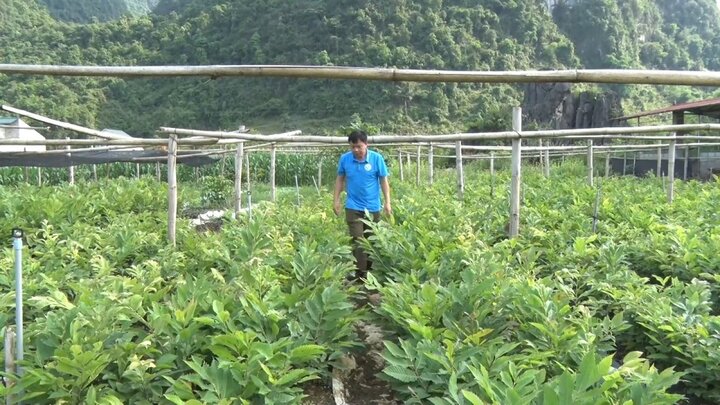
Nursery of Bich Loan Cooperative - a unit that grows chestnut trees using grafting techniques.
In fact, if you grow seeds, it takes 2 years to be able to plant them. Bich Loan Cooperative is a unit specializing in chestnut tree nurseries in Trung Khanh town, pioneering the application of grafting chestnut trees, which takes less time to grow, and produces more fruit trees than seed-grown trees, with a germination rate of over 90%.
After 2 years of implementation, Bich Loan Cooperative has renovated and accumulated 1 hectare of cultivated land, including a nursery and planting fruit trees. In particular, the unit focuses on grafting more than 20,000 chestnut trees, the remaining more than 10,000 trees are grown from seeds.
This is the result of the replication of the topic "Research on exploitation and development of Trung Khanh chestnut tree genetic resources in Cao Bang province" implemented by the Institute of Silviculture (Vietnam Forestry Science Institute) in Trung Khanh since 2018. After sowing seeds to have seedlings as rootstocks, choose a mother tree with many fruits, healthy trees, and good seed quality. After grafting, a trellis will be made or covered with nylon to create conditions for the grafted branches to grow.
After nearly 3 years of planting, more than 2,000 chestnut trees of Bich Loan Cooperative have produced fruit. The trees planted after one year have also grown very well and are now flowering, showing that chestnut trees are suitable for hilly land, hillside land, old swidden land, mixed gardens, and loose soil.
In addition, Bich Loan Cooperative has provided more than 20,000 seedlings to people in communes and towns for planting under the chestnut material area development project.
Trung Khanh district currently has 700 hectares of chestnuts, of which about 200 hectares are perennial chestnut trees for harvest, mainly grown in the communes of Chi Vien, Ngoc Khe, Dinh Minh, Phong Chau, Dinh Phong, Trung Khanh town...
After being selected as a key crop of indigenous origin, the People's Council of Trung Khanh district issued a support and development policy. In 2022, the whole district planted 100 hectares of chestnut trees associated with promoting tourism at Ban Gioc waterfall and Nguom Ngao cave.
In the planning communes such as Dinh Minh, Phong Chau, Chi Vien, Kham Thanh, Ngoc Con, Ngoc Khe... the target of planting new trees in each commune is from 15 - 30 hectares with the State supporting seeds and guiding the transfer of science and technology into production.
Expanding the development of shallots - a high-value crop
After 2 years of putting shallots into production in Trung Phuc and Doai Duong communes, the initial results have been effective, suitable for the local climate and soil, contributing to increasing people's income, opening up prospects for agricultural production here.
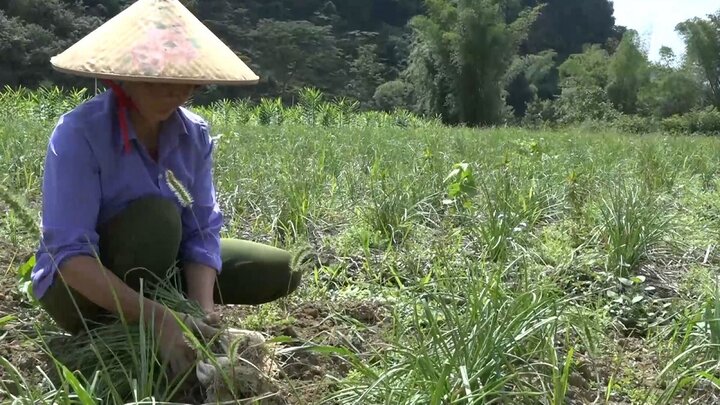
Farmers harvest onions.
The model of linking production of shallots has been implemented by the People's Committee of Trung Phuc commune in coordination with Ngan Ha Biotechnology Company Limited since 2019. People are instructed on planting and care techniques, and are given advance payment for seeds and fertilizers, and all products are purchased. Therefore, the area and productivity are increasing.
By 2022, the area of shallots will increase to over 41 hectares in 3 communes: Trung Phuc, Doai Duong, Duc Hong. Shallots are grown for export, so all technical processes from planting, care, processing, and preservation are strictly applied by farmers.
The potential for cultivated land in Chongqing is still vast. The development of joint production between people, businesses and the State will continue to be expanded in the following years according to the planning of specialized production areas, in coordination with organic production, ensuring the quality of clean products, and increasing the value of agricultural production for people.
SOUTH
Source




![[Photo] Binh Trieu 1 Bridge has been completed, raised by 1.1m, and will open to traffic at the end of November.](https://vphoto.vietnam.vn/thumb/1200x675/vietnam/resource/IMAGE/2025/10/2/a6549e2a3b5848a1ba76a1ded6141fae)



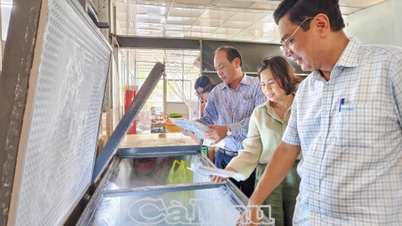

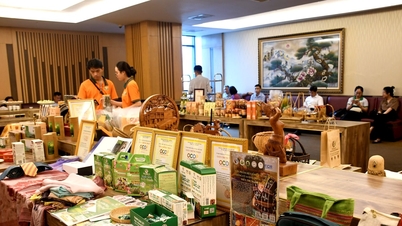







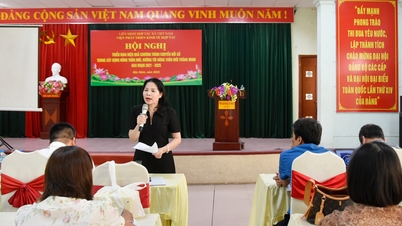

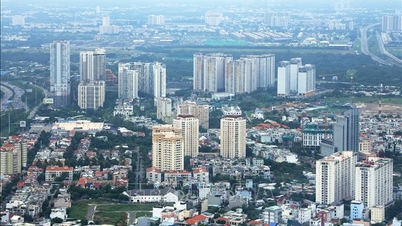

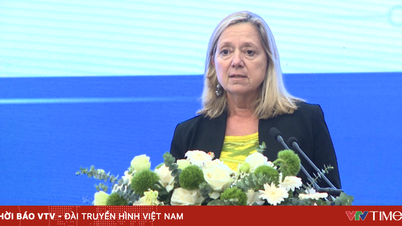



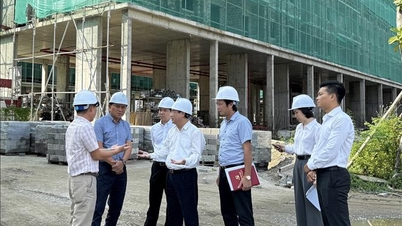
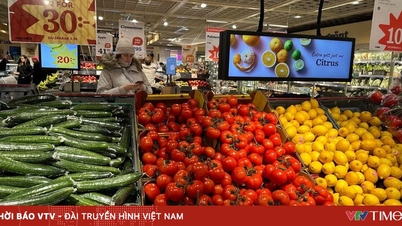




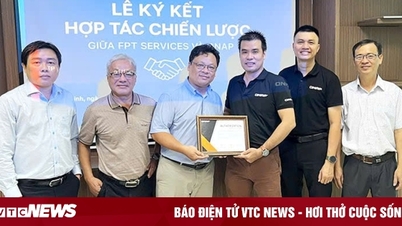

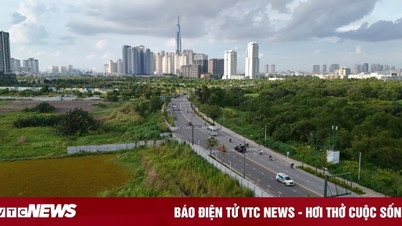
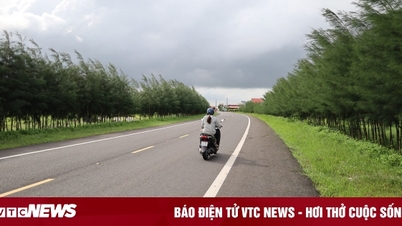















































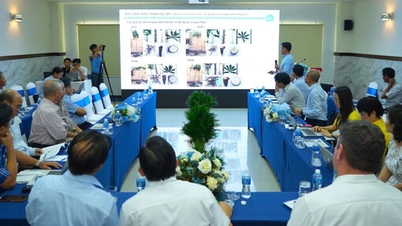

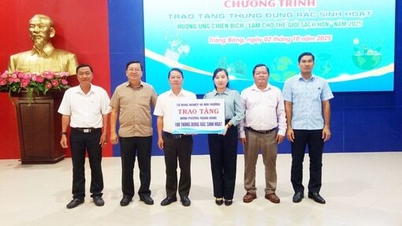
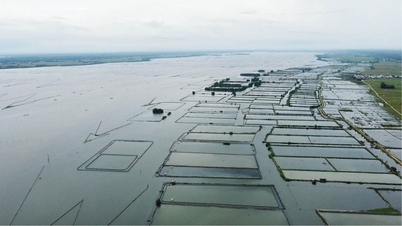

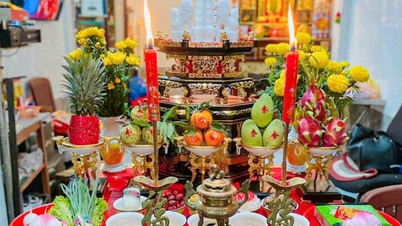
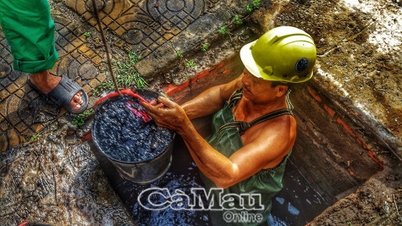
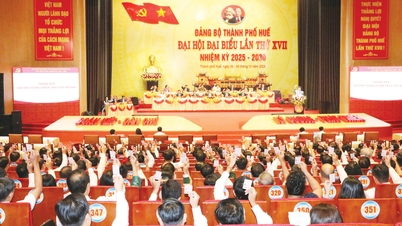












Comment (0)